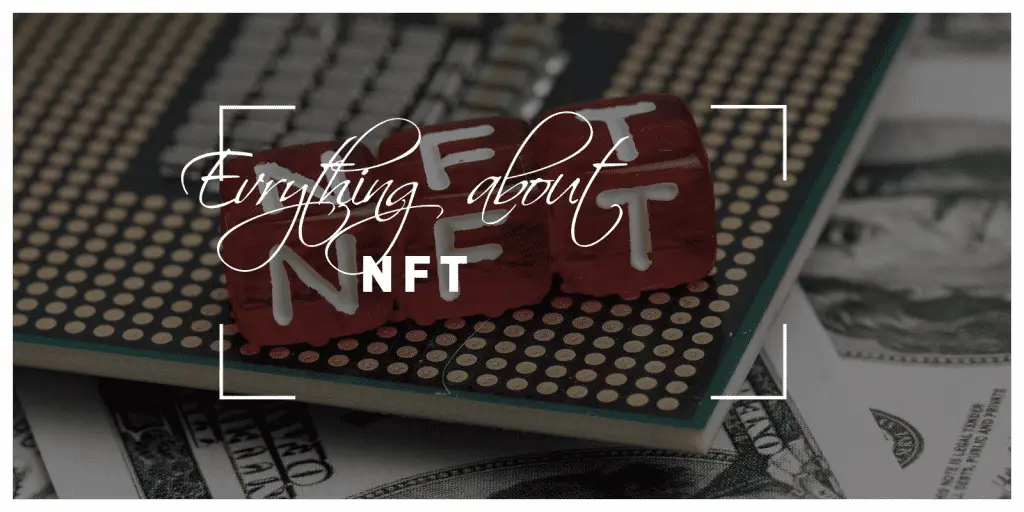NFTs, or non-fungible tokens, are a relatively new addition to the world of blockchain technology. They differ from traditional fungible tokens, such as Bitcoin and Ethereum, in that each token is unique. This makes them well-suited for a variety of applications, including digital collectibles, gaming, and supply chain management. Anyone creating or issuing NFTs should engage with a lawyer experienced in intellectual property, licensing, and digital assets to guard against copyright infringement and unwanted regulatory scrutiny.
This article will explore the basics of NFTs and look at some of the ways they’re being used today. It will also take a look at some of the challenges associated with NFTs and outline some of the areas where further development is needed.
What Are NFTs?
Non-fungible tokens are unique tokens that can be distinguished from one another. This distinction can be based on a variety of factors, including but not limited to the following:
· The underlying asset or protocol it represents
· The identity of the holder
· The metadata associated with the token
Because each NFT is unique, it can be used to represent digital assets or collectibles that have real-world value. In addition, because they’re built on blockchain technology, they can be securely tracked and authenticated. This makes them well-suited for a variety of applications, including gaming, digital collectibles, and supply chain management.
How Are NFTs Used?
NFTs are being used in a variety of ways today. Some of the most popular applications include:
· Gaming – Games that use NFTs allow players to own and trade virtual items that have real-world value. This gives players an incentive to keep playing and enhances the gaming experience overall. Some popular examples include CryptoKitties and Gods Unchained.
· Digital Collectibles – NFTs can be used to create digital collectibles that can be traded or sold online. These collectibles can be anything from rare baseball cards to the digital artwork. One example is the new NFT Marketplace at OKX.com. This is just one of many platforms that are emerging in the digital collectible space.
· Supply Chain Management – NFTs can be used to track the movement of goods through a supply chain. This allows businesses to keep track of inventory levels, identify potential issues, and more. One example is Waltonchain, a blockchain-based platform for the supply chain management. Now, companies can keep track of their inventory in real time, enabling them to make more informed decisions.
What Are the Challenges with NFTs?
While NFTs offer a lot of potential applications, there are still some areas that need further development. Some of these include:
· Scalability – As more users adopt NFTs, the networks they run on must be able to scale to support the increased demand. This is an area where further development could help ensure NFTs are used more widely in the future.
· Security – As with any blockchain-based technology, security is a major concern. NFTs need to be properly secured to protect users and their assets. This is an area that requires further research and development.
· Regulatory Compliance – As NFTs become more popular, governments and regulatory bodies will need to develop clear rules and regulations to govern their use. This is an area that requires further attention to ensure the technology can be used safely and securely.
Conclusion
Non-fungible tokens have the potential to revolutionize a variety of industries, from gaming to supply chain management. While there are still some areas that need further development, NFTs are gaining momentum and could become commonplace soon. With the right infrastructure and regulations in place, NFTs have the potential to bring about great change in the way everyone transacts and interacts with digital assets.
